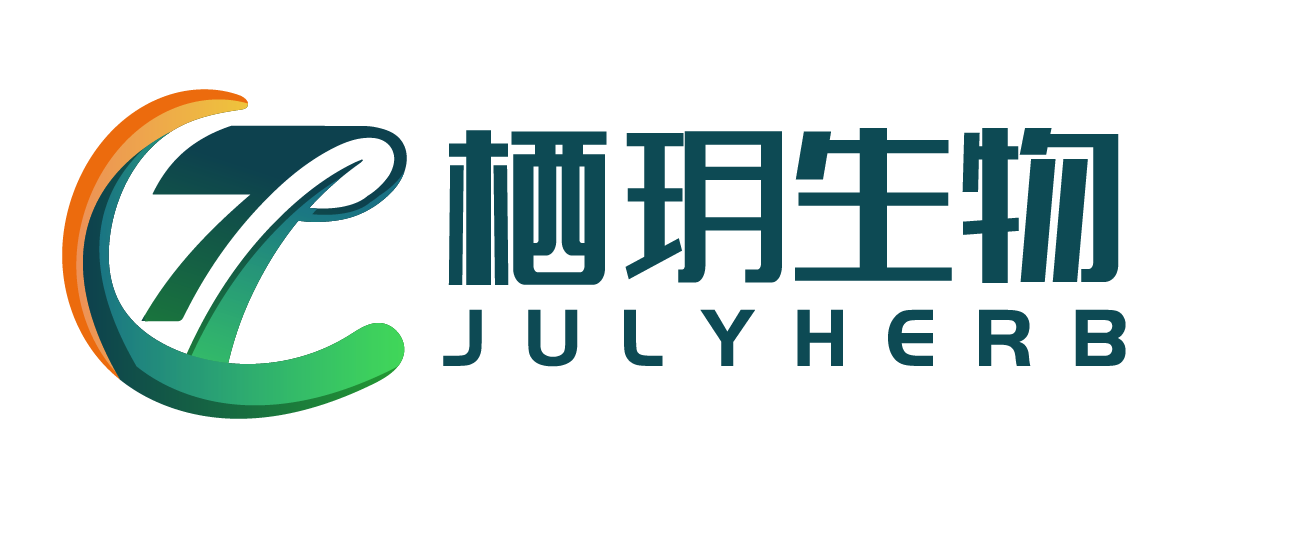What is valerian

Valerian extract is the dry root and rhizome of Valeriana officinalisL, a plant of the valeriana genus in the Patriaceae family.
Valeriana officinalis L. (Latin scientific name: Valeriana officinalis L.) is a perennial cold tolerant, flowering, herbaceous plant in the family Patriaceae, with a height of up to 120 centimeters;
The rhizome is thick and short in shape, with a hollow stem. The stem leaves are ovate to broadly ovate, and the corymb panicles are terminal. The corolla is light purple red or white, and the filaments are flat. The flowering and fruiting period is from July to September.
Valerian grasslands are found in parts of Asia and Europe, and are cultivated in North America. Its stems and leaves are used as food by the larvae of some Lepidoptera species (butterflies and moths). The rhizomes and roots of Valeriana officinalis are used for medicinal purposes, which can dispel wind, suppress spasms, and treat injuries caused by falls.
It can also be used as a dietary supplement. Valerian is soaked, ground, and dehydrated before being placed in convenient packaging, such as capsules, which have sedative and anti anxiety effects. In the 16th century, valerian was used to make spices.

According to clinical findings, taking 200 milligrams of valerian extract daily can support better sleep and actual sleep duration. It is worth mentioning that these benefits can be observed three days after supplementation.
Compared to many sleep oriented coping strategies, the characteristic of this component is that it is non hormonal and comes from plant-based solutions.
Research before bedtime
A study published in the journal Advances in Therapy investigated 72 healthy men and women aged 21 to 48 who had sleep problems. Participants took capsules one hour before bedtime for eight weeks.
Researchers used a series of effective sleep assessment tools, including the Pittsburgh Sleep Quality Index, wrist activity recorder, and multi-channel sleep recorder, to measure various sleep quality parameters. These parameters include sleep latency, sleep duration, sleep efficiency, daytime drowsiness, and feeling refreshed upon waking up. In addition, the Beck Anxiety Index is used to evaluate feelings related to occasional anxiety.
Research has found that it performs well in improving sleep quality scores, reducing sleep latency, and allowing participants to fall asleep faster.

How does valerian work?
Valerian contains numerous active compounds which may be responsible for its properties. The essential oil of the root includes valerenic acid (valerian’s main bioactive component), monoterpenes (e.g., borneol, bornyl acetate), as well as other sesquiterpenes (e.g., valeric acid, isovaleric acid). The root also contains iridoid valepotriates (esters of short-chain fatty acids), lignans, volvalerenone A (a sesquiterpene), and flavonoids.
In vitro studies indicate that valerenic acid and valerenol may modulate gamma-aminobutyric acid (GABA) receptors by stimulating the GABA response in the nervous system.
This mechanism of action may underlie valerian’s sedative and anxiolytic effects. However, significant GABAergic signaling after oral ingestion of valerian in humans has yet to be confirmed.
Additionally, in vitro research suggests that some components of valerian extract may also influence the serotonergic system due to their partial affinity for specific 5-HT (serotonin) receptors in the brain responsible for regulating the circadian rhythm.[1] Further research is required to substantiate these findings.
Finally, studies have observed an increase in the slow-wave sleep (SWS) phase (also known as the deep-sleep stage) following valerian supplementation.This may explain why some studies reported an improvement in subjective sleep quality, while not demonstrating changes in other objective sleep measurements.
